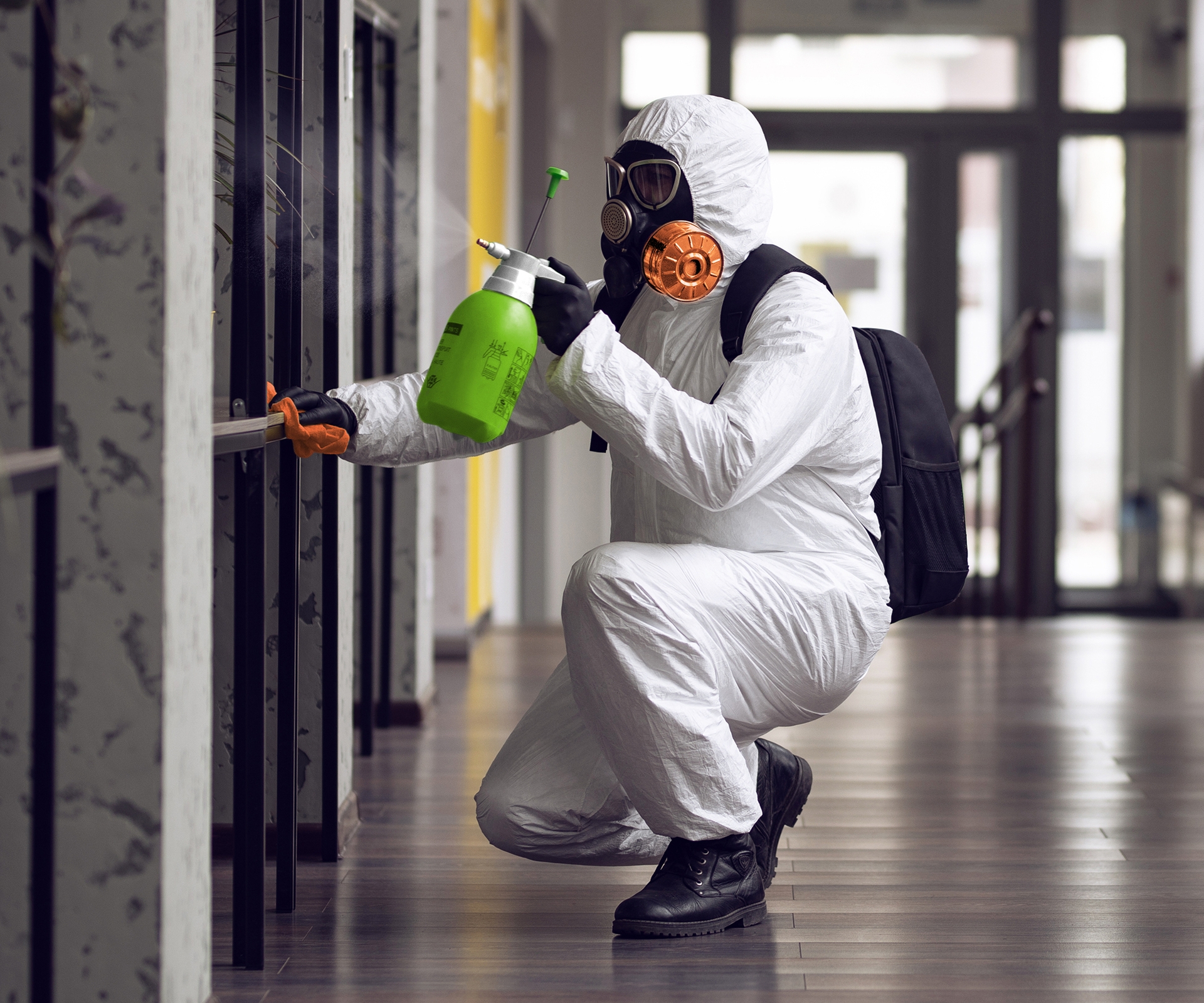Your Ultimate Overview to Article Mold And Mildew Remediation Strategies
In the consequences of mold and mildew infestation, knowing just how to efficiently remove the mold and avoid its reoccurrence is critical for preserving a healthy interior environment. From choosing the best cleaning and disinfecting techniques to applying techniques for long-lasting mold and mildew avoidance, each action in the remediation trip plays a critical role in guaranteeing an effective outcome.
Comprehending Post-Mold Removal Process
After finishing the mold and mildew remediation procedure, it is essential to comprehend the post-mold remediation methods that are essential to make certain a reliable and extensive cleanup. When the mold and mildew has been gotten rid of, the next step involves cleaning and sanitizing the affected areas to stop any kind of regrowth of mold and mildew. This consists of making use of specialized cleaning up agents to wipe down surfaces and eliminate any type of staying mold spores. It is vital to dry the area totally to discourage the development of mold in the future (testing air quality after mold remediation). Proper air flow and dehumidification can aid in this procedure.
In addition, performing a final inspection post-remediation is important to guarantee that all mold has actually been efficiently removed. This inspection needs to involve an extensive aesthetic check in addition to potentially air sampling to confirm the absence of mold and mildew spores airborne. Extra remediation may be needed if the inspection exposes any remaining mold and mildew. Enlightening residents on preventive procedures such as managing wetness levels and without delay dealing with any type of water leakages can assist preserve a mold-free atmosphere.
Efficient Cleansing and Disinfecting Methods

Protecting Against Future Mold And Mildew Growth

Significance of Proper Ventilation
Proper air flow plays an important function in protecting against wetness buildup, a vital factor in mold and mildew development within interior atmospheres. Effective air flow systems aid remove excess moisture from the air, minimizing the chances of mold and mildew spores finding the dampness they require to germinate and spread. Without ample ventilation, interior areas can end up being a breeding place for mold and mildew, leading to prospective health and wellness threats and structural damages.
By ensuring proper air flow, air flow systems can additionally help in drying damp locations a lot more swiftly after water damage or flooding events, even more hindering mold and mildew growth. what to do after mold remediation. Precede like shower rooms, attic rooms, kitchen areas, and basements where moisture levels tend to be greater, setting up and maintaining efficient air flow systems is crucial in stopping mold and mildew invasions

Surveillance and Maintenance Tips
Offered the critical duty that appropriate air flow plays in protecting against mold development, it is necessary to develop efficient monitoring and maintenance tips to make sure the ongoing functionality of ventilation systems. Monitoring humidity levels within the home is additionally important, as high moisture can contribute to mold development. By remaining proactive and attentive to the problem of air flow systems, building proprietors can properly alleviate the risk of mold regrowth and maintain a healthy indoor environment.
Final Thought
Finally, post-mold remediation methods are vital for making sure a secure and tidy setting. Recognizing the article procedure, applying efficient cleaning and disinfecting methods, protecting against future mold and mildew growth, preserving appropriate ventilation, and normal surveillance are all vital actions in the removal process. By complying with these guidelines, you can effectively remove mold and prevent its return, promoting a healthy living or functioning room for all residents.
In the after-effects of mold infestation, recognizing exactly how to successfully get rid of the mold and stop its reoccurrence is vital for maintaining a healthy interior environment. Once the mold has been removed, the following action entails cleansing and decontaminating the influenced locations to prevent any type of regrowth of mold - After mold remediation. After removing visible mold and mildew development, it is vital to clean up all surfaces in the afflicted area to eliminate any remaining mold and mildew spores. To even more boost mold and mildew avoidance procedures, it is important to address underlying issues that initially led to mold and mildew growth.Provided the crucial function that appropriate air flow plays in stopping mold development, it is critical to develop efficient tracking and maintenance suggestions to ensure the ongoing performance of air flow systems